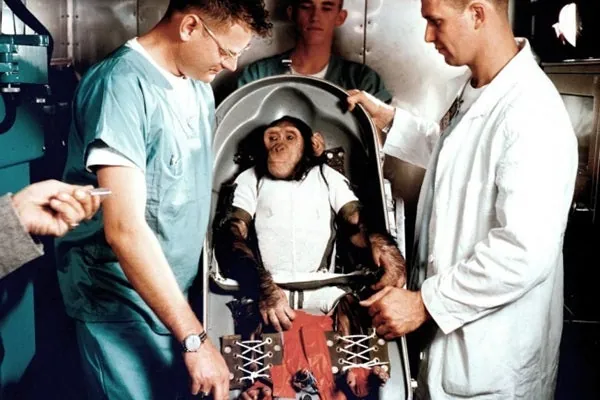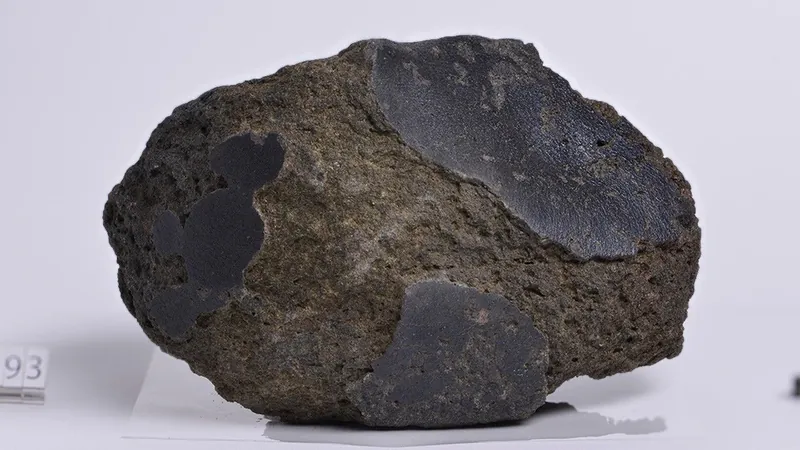
A Historic Leap: Albert II, the First Mammal in Space
2025-06-14
Author: Sophie
A Groundbreaking Moment in Space Exploration
On June 14, 1949, a trailblazing rhesus monkey named Albert II made history by becoming the first mammal to soar into the vastness of space. Launched aboard a V-2 rocket from White Sands, New Mexico, Albert II took the monumental step that would pave the way for human space travel.
Breaking Records with Every Mile
Before Albert II, earlier space missions included fruit flies, mice, and his predecessor, Albert I, but none had achieved the incredible altitude that Albert II reached—approximately 83 miles (134 kilometers) above Earth. This flight represented a pivotal milestone in the saga of American space biology research.
Data Collection: A Mission of Science
Equipped with monitoring instruments, Albert II provided invaluable data regarding his physiological responses during the journey. His heartbeat and respiration rates were carefully tracked, helping scientists gather crucial insights into how living organisms react to the harsh environment of space.
Tragic End, Lasting Impact
Sadly, disaster struck upon re-entry; the capsule's parachute failed, leading to a fatal impact that claimed Albert II's life. Despite this tragedy, his mission was far from in vain—it significantly contributed to our understanding of subgravity conditions and laid the groundwork for future manned spaceflights.
The Dawn of a New Era
Just over a decade later, in 1961, another primate, a chimp named Ham, would follow in Albert II's footsteps as the first hominid in space. This journey, along with the monumental achievements of Yuri Gagarin and Alan Shepard later that year, showcased the strides humanity was making towards exploring the final frontier.









 Brasil (PT)
Brasil (PT)
 Canada (EN)
Canada (EN)
 Chile (ES)
Chile (ES)
 Česko (CS)
Česko (CS)
 대한민국 (KO)
대한민국 (KO)
 España (ES)
España (ES)
 France (FR)
France (FR)
 Hong Kong (EN)
Hong Kong (EN)
 Italia (IT)
Italia (IT)
 日本 (JA)
日本 (JA)
 Magyarország (HU)
Magyarország (HU)
 Norge (NO)
Norge (NO)
 Polska (PL)
Polska (PL)
 Schweiz (DE)
Schweiz (DE)
 Singapore (EN)
Singapore (EN)
 Sverige (SV)
Sverige (SV)
 Suomi (FI)
Suomi (FI)
 Türkiye (TR)
Türkiye (TR)
 الإمارات العربية المتحدة (AR)
الإمارات العربية المتحدة (AR)